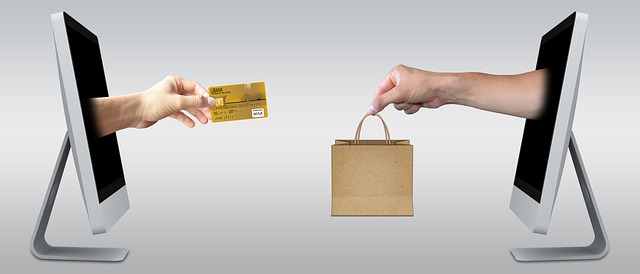 There’s a lot of ongoing debate regarding future of payments which includes a discussion on credit cards, wallets, loyalty, banking, among other related topics.
There’s a lot of ongoing debate regarding future of payments which includes a discussion on credit cards, wallets, loyalty, banking, among other related topics.
Meanwhile, we need to ask if the current financial services players have really made progress preparing themselves for the future of payments (or banking for that matter). I believe we still need to work on “setting the right frame” for the changes in the industry. The context is similar to the red herring I pointed to in the case of Amazon and physical retail. The real battle there is not between physical stores and online. It’s about engaging customers by being able to provide a broader set of services that helps create an ecosystem.
Similarly, there are several similar issues with setting the right frame for various issues in payments. Let’s look at a couple of examples:
1. Will Credit & Debit Cards Fade Away?
There is a fierce debate underway about the death of credit cards when we discuss the future of payments. However, to make any headway on this debate we need to change the frame of evaluation from “credit card as plastic” to “credit card as a spending pattern”.
The solution to this innovation problem is to think of how most people with access to banks use credit cards – to earn loyalty points (or airline miles and cash back), get purchase insurance (among many other types of coverage), receive exclusive concierge services, and for the ability to maintain a balance month to month in times of crunch. In fact, almost 44% of US households carry credit card balances, a trend that is catching on in emerging economies such as India & China too.
In addition, the solution to prepaid plastic cards has nothing to do with the plastic itself, but with the fact that it is an instrument (digital or physical) to make cash accessible to scenarios (and customers) that don’t fit a credit card.
However, none of the current innovations even come close to addressing these popular reasons for using credit or prepaid cards. Even if customers had a bank payment or digital wallet facility ubiquitous around the world, most will still use “cards” to make payments – whether they are hidden behind PayPal or Apple Pay.
When friction in customer experience is low, customers will maximize the value they can receive. So innovation in payments need to more actively start addressing these real world use cases to fully realize the future of payments. Most of these problems are not hard to solve with digital alternatives. We just need to set the right frame for the problem so we can look for the right solutions. Consumer behavior and habits will not be easy to change (or predict) – a risk for those with inertia, and an opportunity for innovators.
2. Applying Digital Innovation To Connect Experiences
A similar issue with defining the right problem is with the advances in digital. Banks are busy making changes to their digital properties such as websites and mobile apps. They have been experimenting with chatbots and AI. These provide great value, but we still can’t get a personalized experience either online or in the mail. Even amazon has been reportedly trying to upsell burial urns to customers for months because of its “You bought that so you’d like this” algorithm. While there are many nice changes and technology innovations (e.g. asking Alexa to make a payment for me), they fall far behind when it comes to emerging customer use cases.
The solution to this innovation issue is to understand the change that digital is bringing. The customers of tomorrow don’t want to look at their banks as just their “financial money holder and transaction facilitator” – or at least the banks shouldn’t consider themselves to be just that. Because that game is over. Instead customers want to be able to service multiple needs with one account including retail shopping, travel, services etc. Banks have all the right capabilities – bill pay, card-linked offers, co-branded cards, PFM, branches, retirement services, and so on. But if they can’t bring them together, then Amazon Cash might gladly pick up the slack, especially when it’s linked to the Amazon Prime Store Card, and is now going to offer white labeled checking accounts too.
How to Set The Right Frame
The future of payments will not be determined by the mode of payment alone or where it is held. It will be driven by the broader ecosystem enabling the connected customer experience. We just need to think in terms of how connected customers will behave in a connected world. And we need to start building those supporting ecosystems.
In short, instead of building a “digital strategy”, we should build a “strategy for a digital world”. Download the principles in Connected! to see how to think in terms of cross-industry customer journeys and loyalty models.
